The Volunteer Spotlight for the March quarter focuses on well-known ISSTD Member, Dr Warwick Middleton. Warwick has been a generous volunteer in ISSTD over many years and in a variety of roles. He has been a Board Member and Past President of ISSTD. He is currently Co-chair of the Membership Committee. He is also an active contributor to ISSTD News. He acts as our photographer and is also coordinating the Focus on History Series, where he has interviewed people such as Dr Rick Kluft, Dr Frank Putnam, Jeffrey Masson and Nick Bryant. However, this time the spotlight is on him. We hope you will enjoy reading about his interesting career and engagement with ISSTD (as well as reading about his somewhat unconventional childhood. He may possibly win an ISSTD award for the member who started school the latest, and needed the most encouragement to wear shoes!)
EC: Tell us about your educational and professional background, and where you live and how you landed there:
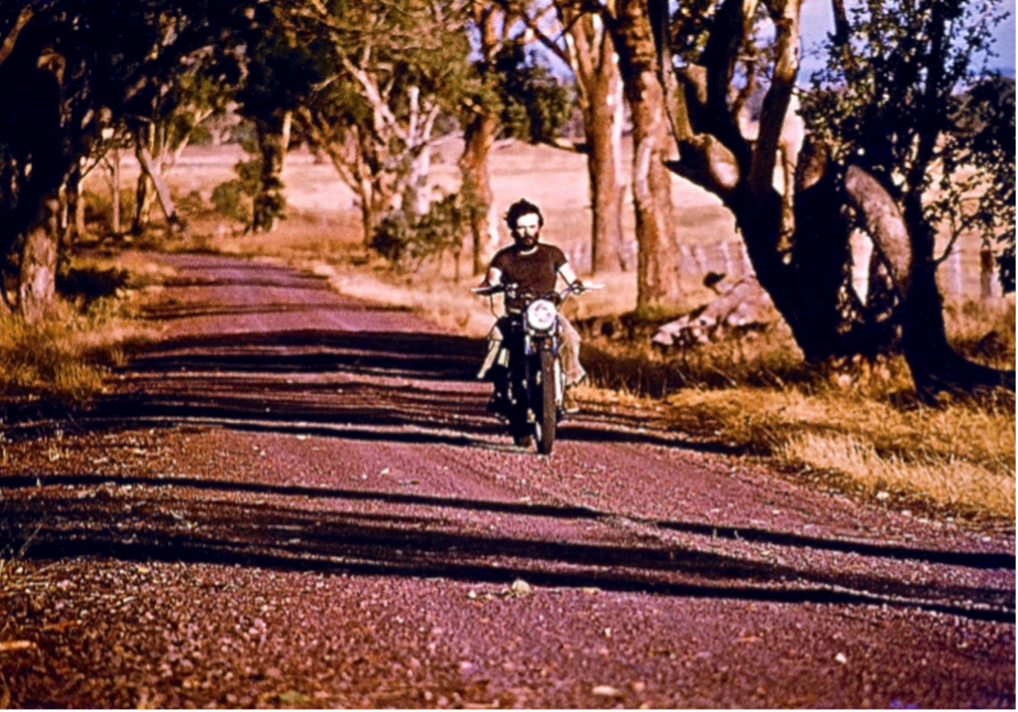
WM: I was born in Cowra, a rural community in central NSW, Australia. In 1973 I entered the Royal Australian Naval College, HMAS Creswell, Jervis Bay. My naval career was short – four months, eight days and three hours, though to this day I remain in touch with a number I served with. (An interesting vignette:- In my brief time at the Naval College, I was made Captain of the Naval College debating team for an annual debate staged at the University of NSW. This was possibly because I was the only cadet midshipman that had ever been in a debate. In due course my three-man team and a bus-load of Naval supporters headed north to the big smoke. As it turned out, the opposing debating team were a polished grouping of skilled debaters captained by Malcolm Turnbull, future Prime Minister of Australia, and to be fair, our grouping was somewhat out-classed. However, the winner of the debate was to be determined by the duration of applause for each debating team at the conclusion of the debate and Naval people are nothing if not loyal.)

In 1974 I went into Medicine at the University of Sydney, graduating five years later. I did my intern year at Wollongong Hospital and commenced training in psychiatry, having gained employment at Morisset Hospital, a large 5th schedule psychiatric hospital. In the latter part of my training, I wrote a detailed submission to the Newcastle Regional Director of health regarding the extensive abuse and corruption occurring in the institution in which I worked. An external commission of enquiry was established using my submission as their frame of reference and it interviewed hundreds of witnesses. There was a concerted attempt not to publicly release their findings. My original submission found its way into the hands of the press and the matter became a headline matter for the Newcastle Herald. …The NSW Minister for Health became involved. The Medical Superintendent and Director of Nursing for the hospital were dismissed from their posts and a number of abusive staff suddenly went on extended sick leave.
In 1984 I was appointed as the coordinator/director of the Newcastle training scheme in psychiatry and in 1985 became the first full-time psychiatrist at the Mater Hospital in Newcastle. In 1987 I took up a position at Royal Brisbane Hospital, staying until the end of 1994, when I went into full-time private practice.
In 1996 I was awarded a Doctorate of Medicine for my thesis, “The Phenomenology of Bereavement and the Processes of Resolution”. My bereavement research includes my most cited publications.
From the beginning of 1997 I undertook the role of Director of what is now known as the Trauma and Dissociation Unit, Belmont Hospital, Brisbane, and I continue to direct this Unit. From 1986 onwards I have had a very active role in publishing and research, conference/seminar organising, teaching, and in assisting the career development of very talented colleagues. Along the way I have been appointed as Adjunct Professor at La Trobe University, the University of New England, and the University of Canterbury, and as Professor at the University of Queensland.
My first publication on Dissociative Identity Disorder (DID) dates back to 1991. In 1998, along with Jeremy Butler, I published the first case series of individuals with DID (n=62) to appear in the Australian scientific literature. My publications on ongoing incest during adulthood represent the first systematic research on this form of extreme abuse to ever appear in the scientific literature.
EC: What was it like growing up in the rural outskirts of Cowra as a ‘feral kid’?
WM: The term “feral kid” appears in the title of the after-dinner speech I gave at the ISSTD bi-national regional conference in Christchurch in November 2019 – an extract:-
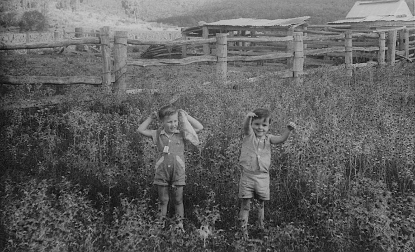
“At the age of about six I was incensed when our next-door neighbour, who lived over a kilometre away, hitched his tractor to a derelict old combine (that we used for spare parts) and which my father had left parked on the side of our infrequently used dirt road. In time, the awkward situation arose where my father needed a part from the combine, which now resided in our neighbour’s yard. My Father rang him and along with my two older brothers, who were home from boarding school, we went to extract the part. I climbed on top of the combine, looked down at our uncomfortable neighbour and started on him. “Why did you take it!?” There was no response. “It wasn’t yours!” He stumbled around, turned bright red and was unable to mount any verbal defence. Mr father made a half-hearted attempt to “shhh” me. It had no effect. “What’s the matter!? Can’t you talk!?”
I honestly don’t know anyone who commenced regular schooling later than me. I recall some anxiety about the possible intervention of authorities, so at the age of eight and a half, I left the hills and finally had to start regularly wearing shoes. I found myself for the first time in the realm of organised education. The “Feral Kid” had come to town. They put me in third class.
EC: What is something about yourself that most people don’t know?
(Editor’s note: Do you mean aside from the fact that he is probably the only ISSTD President to miss the first 3 years of school, while he was running around feral in the bushlands of rural Australia?)
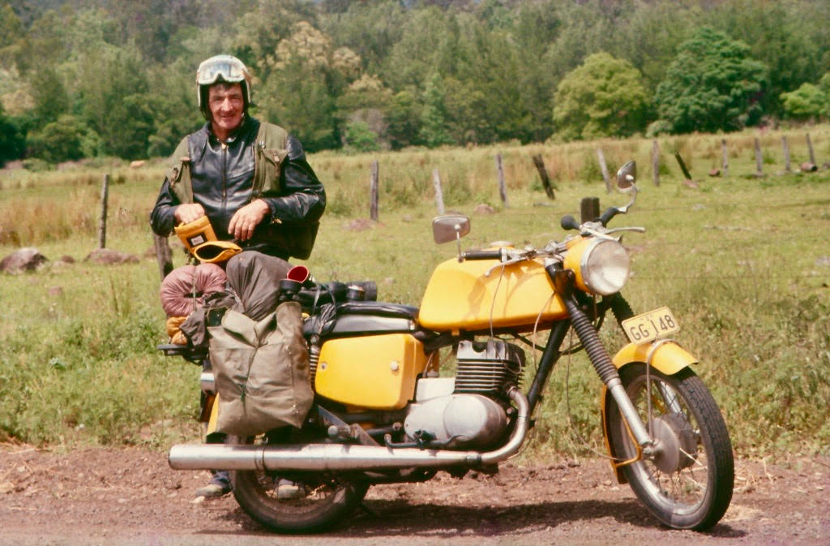
WM: From the age of 15 I have ridden a motorcycle. In 1975 I rode a motorcycle around Australia. Then in 1978 I rode from Cowra, NSW, to Cairns, Northern Queensland and back, a 4,500 mile trip on an MZ 250 single-cylinder two-stroke, with my father as pillion.
EC: What has been the most challenging experience of your career? What has been the best?
WM: Perhaps the most challenging experience has been drawn out over many years. This is the challenge of assisting colleagues to grasp the reality of dissociative identity disorder (DID) and related trauma-spectrum conditions. The challenge has been to be educational without being dogmatic, to be inclusive, while still having points of difference, to be identified as belonging, at the same time as fostering change, to be empathic and welcoming while avoiding any temptation to be judgemental about perceived ignorance on the part of colleagues. It has also been important to avoid going beyond the data in making public pronouncements about anything to do with the spectrum of trauma, but especially to do with DID, recovered memory, and alleged Satanic abuse.
The best experience has been working collaboratively and supportively with a wide range of very impressive colleagues over many years as we progressively, as a community, get an increasingly clearer understanding of the nature of the range of traumas humans can inflict on each other.
EC: How did you first learn about dissociation?
WM: Nothing was taught in my psychiatry training about dissociation, yet on reflection I was repeatedly encountering it – never more graphically than on an occasion in 1982 in the acute admission ward in Morisset Hospital. This incident involves “Stella”, a young woman, with a diagnosis of schizophrenia and a history of extensive sexual abuse. “Jim” was a male nurse, friendly, mild mannered, hard working, professional and likeable. On this particular afternoon I was nearby when “Stella” was passing “Jim” in the corridor. Suddenly she screamed, “I don’t fuck dogs!” as she slashed “Jim” across his face with her fingernails, drawing blood. He leapt at her, wrapped both his hands around her throat and brought her crashing down. His grip on her throat was unrelenting and his expression glazed. “Jim!”, I yelled. There was no response. I knelt beside them. “Jim! Jim!” “Stella” was looking alarmed. I pulled his hands from her throat as he slowly began to reorientate, though for a time remained dazed and speechless.
Looking back on this encounter, I would now say that the most likely explanation for what happened was that both individuals were overtaken by a dissociative switch, occurring seconds apart.
EC: How have you seen the understanding of dissociation change over the years?
WM: There has been a marked diminution in viewing DID as a “fascinoma”. A number of societal movements or initiatives (such as the Australian Royal Commission into institutional responses to child sexual abuse) have laid bare the widespread existence of abuse dynamics that give rise to dissociative disorders/complex trauma syndromes. We have become more aware of abuses associated with the family, and with mainstream churches, cults, schools, orphanages, seminaries, youth detention centres, the scouting movement, trafficking groups, the film industry, politicians, the military, and high profile entertainers (e.g. Jimmy Savile, Rolf Harris, Michael Jackson, Gary Glitter, Roman Polanski, Clement Freud). We have also become more aware of ongoing incest during adulthood (very often involving some form of organized abuse) and internet pedophile rings … For example, when the FBI, in February 2015, closed down the encrypted paedophile site, Playpen, which hosted nearly 50,000 sexually explicit images and videos of children as young as toddlers, they had identified 215,000 users.
I accompanied a number of individuals with DID as they gave evidence to the Australian Royal Commission. At no stage did any Commissioner show any doubt about their diagnosis or the abuses that had led to it developing.
EC: How did you discover the ISSTD?
WM: Having discovered for myself the existence of DID, I read the available literature, subscribed to the journal, Dissociation, and in time formally joined the Society now known as the ISSTD.
EC: How did you first get involved in ISSTD?
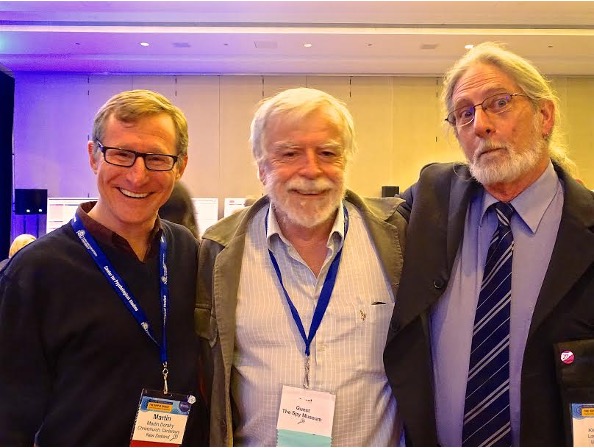
WM: I corresponded with colleagues prominently associated with the field of trauma and dissociation, such as Rick Kluft and Frank Putnam. I became involved with the emerging trauma and dissociation field in Australia, including publishing foundational research for the field and developing professional training for the field. As the foundation Director of TDU I encouraged research and the number of talented colleagues who have been involved in such projects have included Martin Dorahy, Mary-Ann Kate and Michael Salter. Martin, who collected his thesis data whilst employed in TDU, was the first individual in Australia to successfully complete a research PhD on dissociative disorders.
EC: You have done so much with ISSTD! What are some of the activities you have been involved in?
WM: Due to time, distance and the task of bringing up four children, I must be the only person in the history of the ISSTD to have been elected as a member of its Board having never attended an Annual ISSTD meeting! I have subsequently, with my children now being adults, attended every annual meeting since 2012.
At the invitation of my good friend Jennifer Freyd, I joined the Editorial Board of the Journal of Trauma and Dissociation. Subsequently, I was invited by Vedat Sar to join the Scientific Committee as Vice Chair. In 2013 I became co-chair of the ISSTD Membership Committee and I remain in that role eight years later, working closely with my very able colleague and current Board member, Abigail Percifield, as the other co-chair.
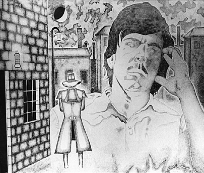
In 2015 I commenced my term as ISSTD President-Elect, serving as President in 2016, and then passing the baton to my enormously accomplished close friend and fellow Aussie, Martin Dorahy. I am a foundation member of the ISSTD Webinar Committee, ably chaired by the hard-working Marilyn Korsekwa.
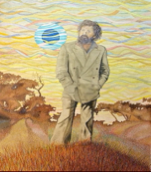
Along with a stellar grouping of Australian and New Zealand colleagues I have been heavily involved in the organising committees for a series of successful ISSTD conferences in Sydney (2015), Brisbane (2017), Christchurch (2019) and Melbourne (2021). I have been part of the editorial grouping involved in assembling and contributing to two special issues of the Journal of Trauma and Dissociation, both of which were developed into books. I am a member of the Communications and Marketing Committee and am a regular contributor to the ISSTD News. I was the 2020 Chair of the Ritual Abuse, Mind Control and Organised Abuse Special Interest Group (RAMCOA SIG), which is now known as the Organised and Extreme Abuse SIG (OEA SIG), With some 195 members, this is the Society’s largest SIG. I am also a member of the Creative Arts Therapy Special Interest Group. I recently became a member of the ISSTD Awards Committee.
EC: What do you hope for the future of ISSTD?
WM: I am reminded of the famous misquote attributed to Mark Twain (1897): “The report of my death was an exaggeration.” The ISSTD has survived multiple threats to its existence … but has become increasingly self-disciplined and forward-oriented over the years. Its current membership (well over 1,600) represents substantial growth. The ISSTD collaborates closely with colleagues from the European Society for Trauma and Dissociation (ESTD) and in terms of offering online and regional educational options, the ISSTD has never been more active. There has never before been as many Special Interest Groups, never before as many regional conferences. The Webinar program has been transformed into a vibrant, profitable and packed set of offerings which complement the very successful Professional Training Program (PTP).
The success of the well-attended regional conferences in Australia and New Zealand has last year seen the formation of a standing committee devoted to producing an ongoing series of bi-national conferences in Australia/New Zealand.
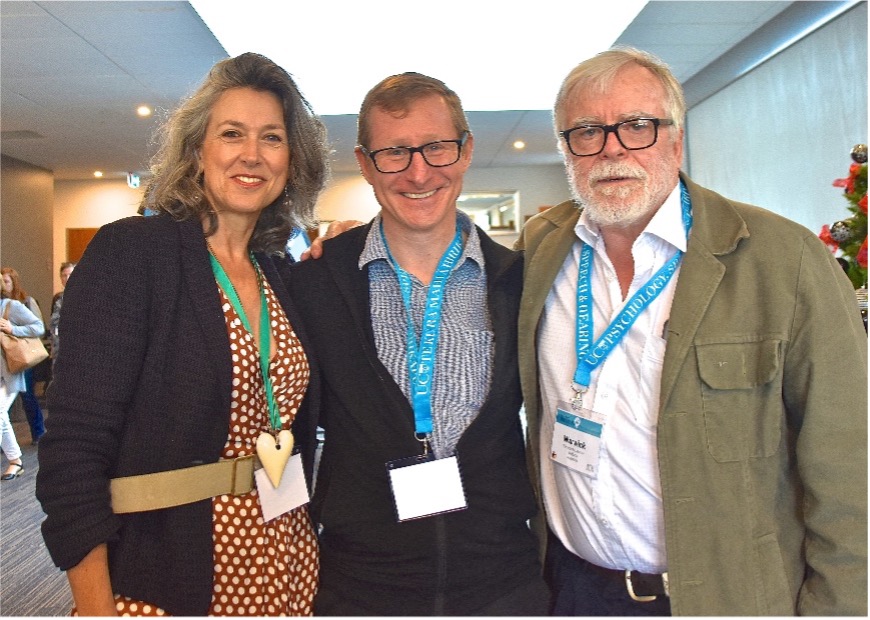
The ISSTD is the world’s oldest international trauma society. Its role is to bear witness to the full range of human traumas and abuses and to provide an environment of enhanced professional safety for colleagues who are clinicians and researchers working in this most challenging field.
References:
BBC News 17th August 2020. Major child sexual abuse trial begins in Germany. https://www.bbc.com/news/world-europe-53813249
Carter, M, (27th August 2016) FBI’s massive porn sting puts internet privacy in crossfire. The Seattle Times. https://tinyurl.com/yxud769f
Middleton, W. (2019). The first individual with dissociative identity disorder (DID) that one knowingly diagnoses and treats. Frontiers in the Psychotherapy of Trauma & Dissociation. 3:1, 60-75.
Middleton, W., Sachs, A. & Dorahy, M.J. (2017). Introduction, “The Abused and the Abuser: Victim – Perpetrator Dynamics”, Special (double) Issue, Journal of Trauma and Dissociation, 18:3, 249-258.

